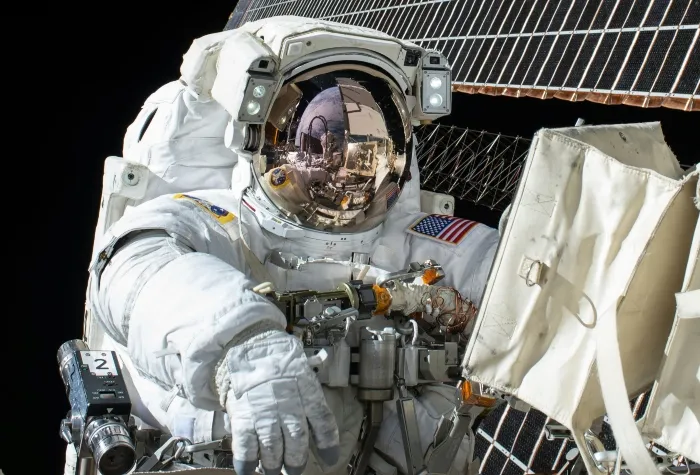
This will be to deploy H-SMART, its eye-tracking system designed to predict cognitive load and fatigue in real-time. In other words, before it potentially becomes a behavioural safety risk.
Antarctica
The work with TRISH for astronauts begins later this year in Antarctica, says HarmonEyes. Specifically, at the Antarctic and sub-Antarctic stations run by the Australian Antarctic Program. As one of Earth’s harshest environments, it will serve as a proving ground for deep space missions.
“The eyes tell us a lot about our mental condition and with HarmonEyes, we’re able to monitor them to gauge cognitive load and fatigue in real time, ensuring peak cognitive performance during mission-critical situations like space exploration,” said Adam Gross, CEO and Co-Founder of the company.
“This partnership with TRISH validates our solution,” he added. “But more exciting than that, [it] brings mankind one step closer to safer missions to the Moon and Mars.”
TRISH
Apparently, the design of the H-SMART system makes it practical for astronauts. Rihana Bokhari, PhD, Scientific Research Director for TRISH commented:
“The unobtrusive design of the H-SMART eye-tracking system makes it easy to deploy in extreme environments and practical for astronauts in space. By validating this technology in Antarctica, we can better understand how it will help astronauts stay focused and mission-ready during the most demanding expeditions.”
“In the Antarctic we will demonstrate that H-SMART can offer superior prediction of astronaut’s cognitive and fatigue states solely based on eye metrics,” added Gross. “This is state-of-the-art technology, and we can tailor the hardware and software to meet additional needs in almost any category.”
Dating from 2012, HarmonEyes has its headquarters in Bethesda, Maryland.
TRISH was founded in 2016, and Baylor College of Medicine was selected as the lead institution. The consortium is supported by a cooperative agreement with NASA. It also includes the California Institute of Technology (Caltech) and the Massachusetts Institute of Technology (MIT).
Image: Nasa
See also: NASA, Katalyst Space plot robotic rescue of Swift spacecraft





